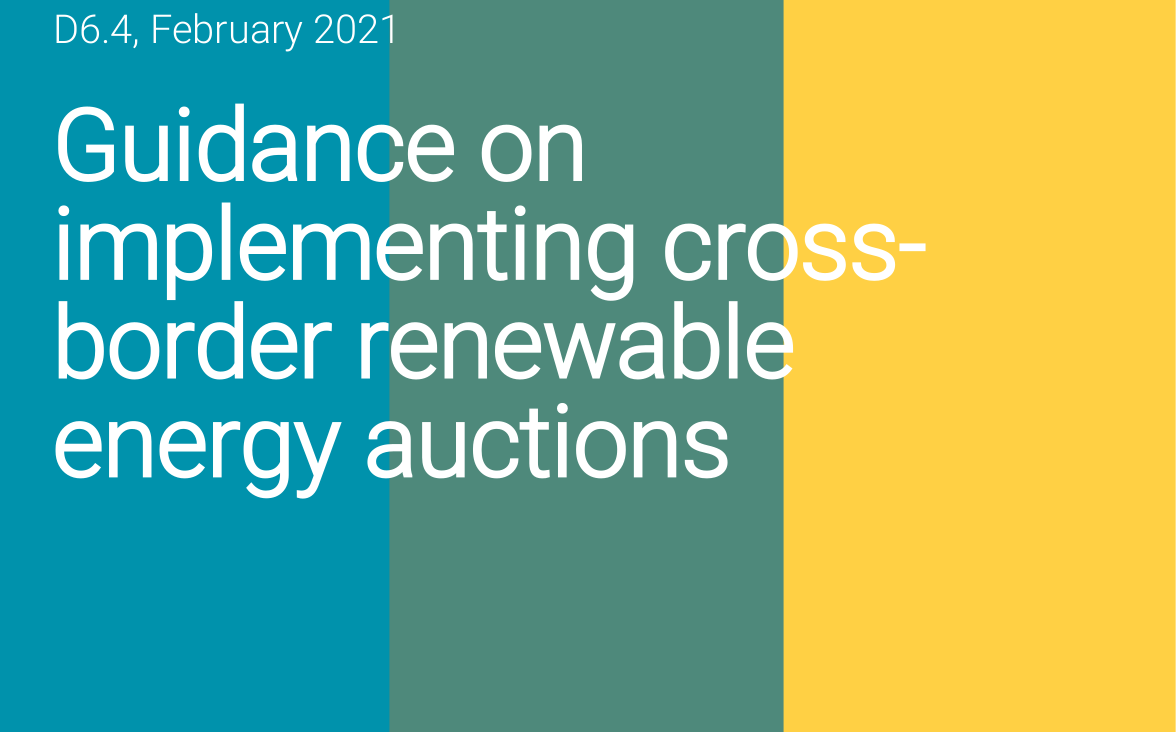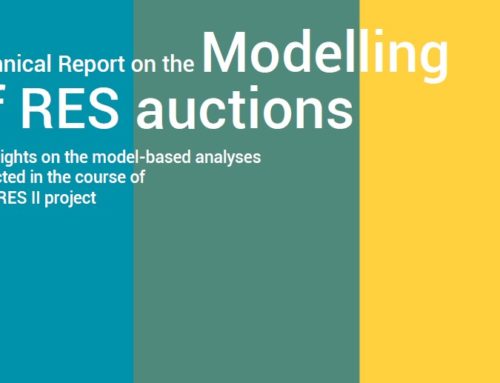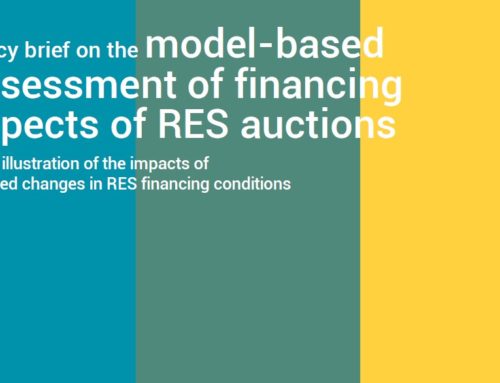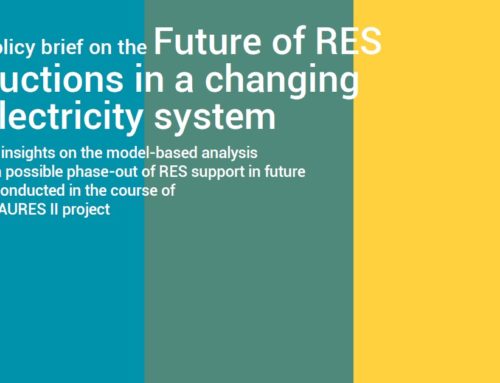In contrast to national auctions, cross-border auctions are characterized by their openness for participation of projects from more than one country. First pilot cross-border auctions for solar PV were successfully implemented between Germany and Denmark in 2016, but other countries have so far been reluctant to make use of cross-border auctions, despite the potential gains of cooperation. However, current developments on EU energy policy trigger increasing interest in cross-border auctions, making the topic more relevant than ever.
This report seeks to provide guidance on the implementation of cross-border auctions. So far, the implementation of a cross-border auctionAn auction is a market mechanism with the aims of allocating... is (for most Member States) a largely unfamiliar process, which includes new challenges and hurdles. Based on our experiences with cross-border auctions, this guidance document addresses the most important steps, provides checklists to consider and aims to generally provide practical guidance.
This report builds on previous work within the AURES II project, especially the task 6.1 report ‘Design options for cross-border auctions’. The report will begin by laying out how countries can benefit from cross-border cooperation on renewables in chapter 2, before breaking down the different instruments for cross-border cooperation in chapter 3. In chapter 3, the models for cross-border auctions are introduced and explained. In chapter 4, we propose to divide the implementation process into four phases. The checklists (4.1 – 4.4) are structured according to the phases and include important elements to consider. The report completes in chapter 5 with a short conclusion.
Download the report here.




